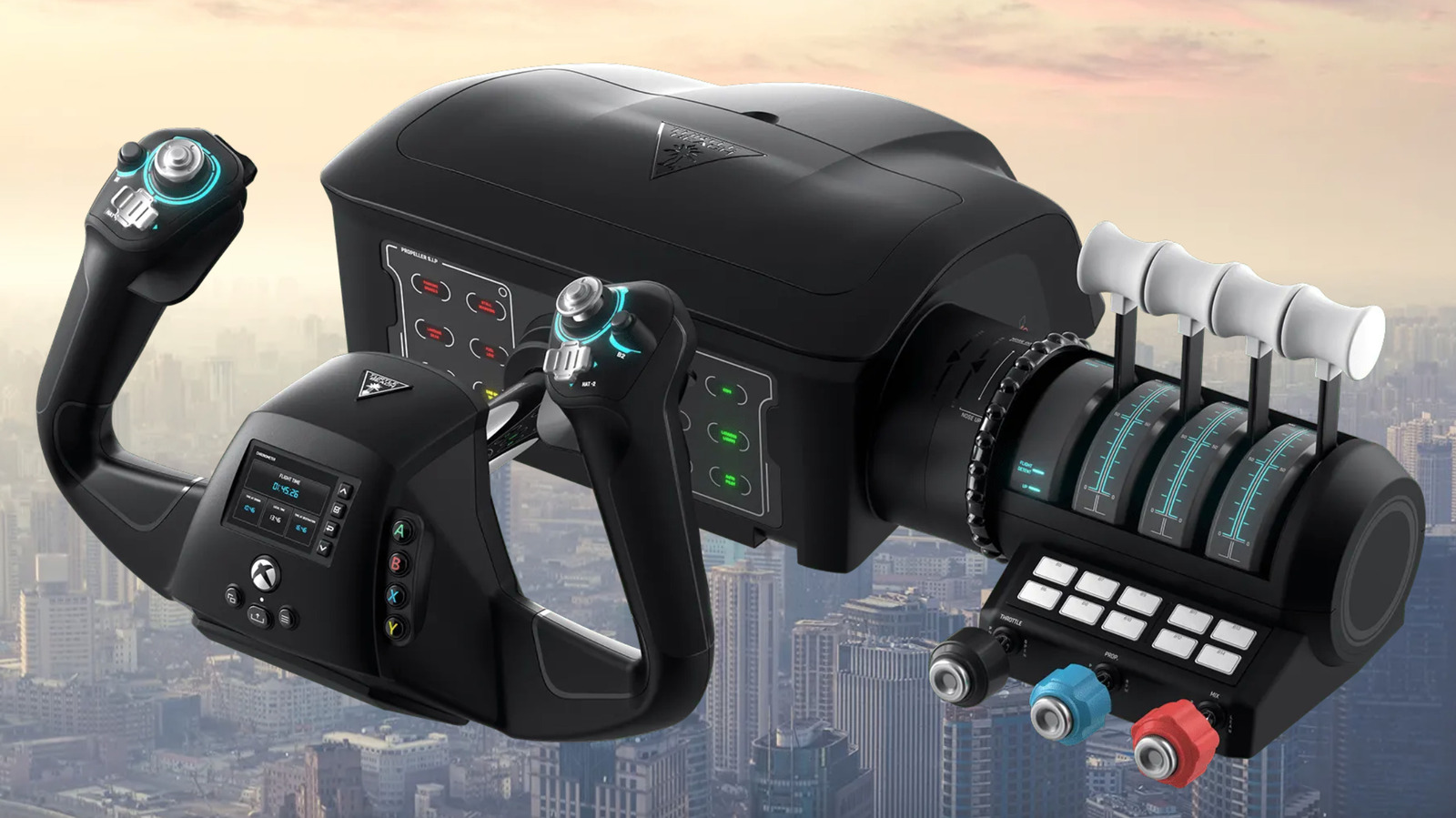

- #Hydromechanical flight control system manual#
- #Hydromechanical flight control system full#

Primary flight controls are required to safely control an aircraft during flight.Aircraft Flight Control Systems can be sub-divided into.Interfacing of auto-pilot and other AFCS (Automatic FCS).Increase of stability and handling qualities.The signals, and independent computers that process them. Quadruplex) parallel and independent lanes to generate and transmit
#Hydromechanical flight control system full#
The full system has high redundancy to restore the level of reliability ofĪ mechanical or hydraulic system, in the form of multiple (triplex or. The pilot’s demand is then processed and sent to the actuator, properly. Sample data concerning the flight conditions and servo-valves and The pilot’s demand is first of all transduced into electrical signal in theĬabin and sent to a group of independent computers, the computers. This architecture is based on computer signal processing. Has to be redundant because the computer is the only path between. 
Computer “interpretation” of pilot input allows for better stability of theĪircraft allowing much more “on the edge” designs to be capable of.Common on newer commercial and military aircraft.Pilot input and actuates the hydraulic system Commonly uses a hydraulic control circuit to physically move theĬontrol surfaces and a computer controlled (digital) circuit that takes.Really more of a subset of Hydraulic Controls.Sometimes makes use of “Artificial Feel Devices”.Makes flying the aircraft less demanding and allows for high loads onĬontrol surfaces and much physically larger control surfaces.Has to include hydraulic lines, actuators, pumps, and a linkageīetween the hydraulic system and the mechanical cockpit controls.Adds complexity to an already complex system.Inputs but loss of “feel” can be a problem Analogous to power steering on a car, easier physically to make control.Hydro-Mechanical Flight Control Systems.Generally not very good when there are large stick forces.Routing these kind of systems throughout the aircraft requires a lot of.Generally is made up of cables, pulleys, rods, and sometimes even.Gives pilot a lot of “feel” as he is directly connected to the control.
#Hydromechanical flight control system manual#
Manual flight controls are replaced with electronic interface. Collection of mechanical components such as cables, pulleys and rods. Required for finer control over aircraft by pilot and ease of workload Required for three basic controls (Roll, Pitch and Yaw) By transmitting the forces of the flight deck controls to the control. To regulate or guide the motion of an aerial machine or vehicle. Conventional Vs Fly by Wire (FBW) Control Systems. This system is fully irreversible: airforces on the elevator push against the cylinder piston and are not fed back to the mechanical linkage at all. Other transfer functions are possible bit programmed feedback loops and transducers. In this set-up, elevator deflection velocity is proportional to stick deflection. This mechanical feedback system is robust because there are very few electronics that can fail. Because of the movement of the piston, the servo valve closes again. The pilot input linkage is attached to the piston as well. The piston deflects because the servo valve is open. The pilot gives a control input, which opens the servo valve (the little box on top of the cylinder). The diagram is a bit primitive, but the gist of it is: You can see that the cylinder is anchored to the airplane structure. Here is a schematic diagram of a hydraulic actuation system with a mechanical servo valve: These work in the same way as described above, with a follow up mechanism that moves the actuator until the valve closes, but the mechanical linkage is different. You mention half powered controls in a comment - I assume you mean boosted flight controls, where the pilot directly deflects the control surface but hydraulics help in overcoming the aerodynamic forces. The actuator moves with it, in doing so closing the valve again. This makes the flight control surface deflect. The pilot control stick is connected to the servo valve, and when he deflects the stick he opens the valve and oil starts to flow. Open loop servo valves just generate an actuator velocity, not very desirable when flying a plane.Ī more robust system used on aircraft has the hydraulic actuator moving together with the flight control surface. 
The loop uses position of the actuator as a feedback signal, measured by a position transducer, usually an LVDT. There is a position control loop in there that opens the servo valve until the required position is reached, then closes it.








 0 kommentar(er)
0 kommentar(er)
